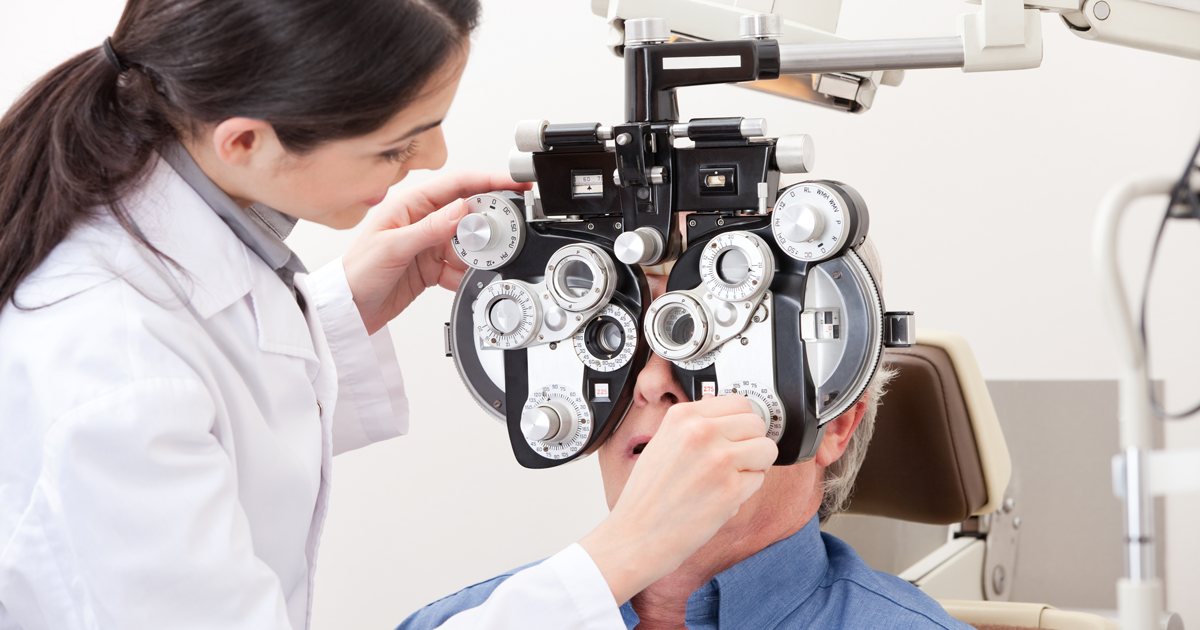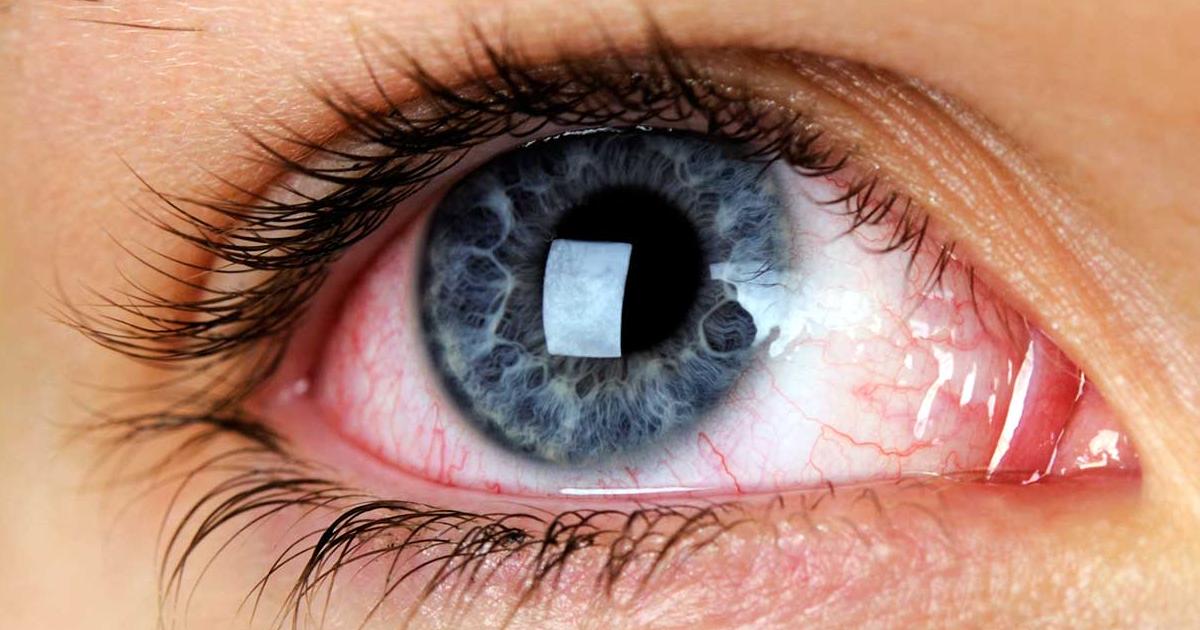Guide To Common Eye Problems In Seniors And What To Do About Them
From the age of forty onward, particularly once reaching sixty years old, the majority of individuals start experiencing changes in their vision. Some need glasses because they begin to have trouble seeing up close, seeing while driving at night, adjusting to glare, or distinguishing certain colors. Many of these subtle changes do not need to have a dramatic impact on an individual's lifestyle, but as the years progress, the risk of age-related eye disease increases. With this in mind, get familiar with the most common eye problems seen in seniors, including prevention and treatment options, now.
Visit An Eye Doctor For A Comprehensive Dilated Eye Exam

Vision experts advise individuals to get their eyes checked regularly as part of their health care regime. An annual comprehensive dilated eye exam is advised for detecting vision problems and eye diseases without early warning signs. African Americans, due to a higher risk of glaucoma, should have comprehensive dilated eye exams beginning at forty years old. The comprehensive dilated eye exam includes the key elements of tonometry, dilation, a visual acuity test, and a visual field test.
Tonometry includes a small puff of air onto the eye or a gentle pressure-sensitive tip applied close to or on the eye to help detect glaucoma. The dilation test allows the eye care expert to see inside the eye using eye drops that widen the pupil and a special magnifying lens. A visual acuity test allows an eye care expert to gauge someone's ability to see at various distances. A visual field test assesses an individual's peripheral vision.
Dry Eyes

Keratoconjunctivitis, also known as dry eyes, can occur at any age, but it is commonly associated with individuals over sixty years old. Dry eyes occur when the eyes do not produce enough tears. Tears are made of water, mucus, and fatty oils, which help keep the surface of the eyes smooth and moist and help ward off infection. When decreased tear production occurs, individuals may experience certain symptoms, such as a burning, stinging, or scratchy feeling in the eyes; a stringy mucus around the eyes; sensitivity to light; eye redness; the feeling that something is constantly in the eyes; difficulty wearing contact lenses; difficulty driving at night; watery eyes; and blurred vision or eye fatigue.
A doctor will recommend a treatment for dry eyes that depends on its cause. The doctor may recommend changing a certain medication, prescribe a new drug, prescribe eye drops or eye inserts that serve as artificial tears, prescribe special contact lenses, or recommend another treatment or procedure.
